The question whether you can paint floor tiles for kitchen or other areas or do they last or not are going to be answered in this post. Read on to learn more. Want ornamental tile’s opulent appearance for a portion of the price? We’re spilling the beans on a sneaky DIY tile makeover and showing you how to do the entire project in your own house.
Decorative tile flooring may give a touch of elegance to a bland living area, but they are sometimes rather expensive. Some resourceful homeowners opt to replicate the same aesthetic by painting tile floors rather than going through the effort of tearing up old flooring—not to mention the hefty expense of commercial, patterned tiles.
This clever do-it-yourself method may produce a range of looks, from dull monotone to whimsical design. Are you prepared to quickly alter your current tile floor? Roll up your sleeves, don your painter’s hat, and learn everything there is to know about painting tile floors.
Which tiles are paintable?
Despite the fact that ceramic tile may be painted in every area of the house, not all environmental factors favor its durability. For instance, over time, paint on the tile will begin to peel as a result of prolonged exposure to moisture. For long-lasting results, only paint tiles in the drier parts of your home. If you decide to paint tile floors in high-moisture areas like the bathroom, consider doing it on a piece of the floor far from the shower or bathtub’s mildew-prone splash zone and/or use a paint designated specifically for bathrooms.

Getting tile ready for painting
The secret to getting a flawless paint finish is to start with a smooth, undamaged tile as a base. Sand and vacuum the tile you wish to paint, then use a homemade solution of equal parts warm water and bleach to scrub away dirt, filth, and mold from the tile and grout lines. As an alternative, you might clean the tile using a commercial mold-removing solution. After that, patch up any apparent chips or cracks in the tile using caulk or a two-part epoxy while wearing safety gear and keeping the area well ventilated.
Apply painter’s tape where the baseboards meet the tile floor to prevent paint splatters once the floor has been prepared. Use acrylic masking tape to hide the grout lines if you don’t want to paint them.
The Complete Guide to Painting Tile Floors
The following three paint kinds perform well when painting a tile floor:
Without primer, chalk paint may be used to give the tile a shabby-chic solid hue. It can also be used as a base coat for patterned finishes. Select a color for your base layer of chalk paint that will contrast visually with the color of the design you plan to overlay.
Both solid and patterned tile floors may be painted with latex paint; use a high-gloss latex paint for patterned tiles and a semi- or high-gloss latex paint for solid tiles.
Since latex paint is more prone to peeling and damage, oil-based paint holds up better over time. Oil-based paint, on the other hand, dries more slowly and is becoming difficult to get due to environmental concerns. If utilizing oil-based paint, high-gloss or semi-gloss paint should be used.
Remember that latex and oil-based paints cling to tile with the greatest results when it has been previously coated with a bonding primer such as epoxy or urethane.

painting over tile flooring
Use a brush or roller to continuously cover the visible tile and grout if you intend to paint the entire floor. Instead of painting the entire floor, start by cutting in with an angled brush along the edge of one tile if you’re painting alternating or random tiles.
Repeat this painting procedure over the remaining tile using a brush or a roller, making sure to make unidirectional strokes. If you have difficulties spreading the paint, dilute it a little first.
You have to do painting if you desire a solid-colored tile pattern. Give the paint some days to dry before touching it. Two or three coatings of a transparent, water-based urethane sealer should be applied to the tile thereafter (avoid using an oil-based sealer, which can cause your colors to yellow).
Please wait until the first layer is completely dry before applying the second. Remove any masking tape that may be in the way, then retouch the grout lines by painting over them with grout paint. If necessary, take off any masking tape and paint grout paint over the grout lines to freshen them up.
But hold on! Don’t seal the tile just yet if you intend to paint it with a pattern. Simply wait two or three days for the tile to cure completely before continuing, then seal the tile once the pattern has completely dried.
the use of a pattern
Using a stencil is the simplest way to add a pattern to painted tile. Be sure to start by purchasing or making a DIY stencil that fits the dimensions of your existing tile, whether you choose a quilt-like pattern like what is in the Remington Avenue powder room, a sharper geometric pattern like the one in the Brown Acres kitchen, or something altogether more whimsically Moroccan.
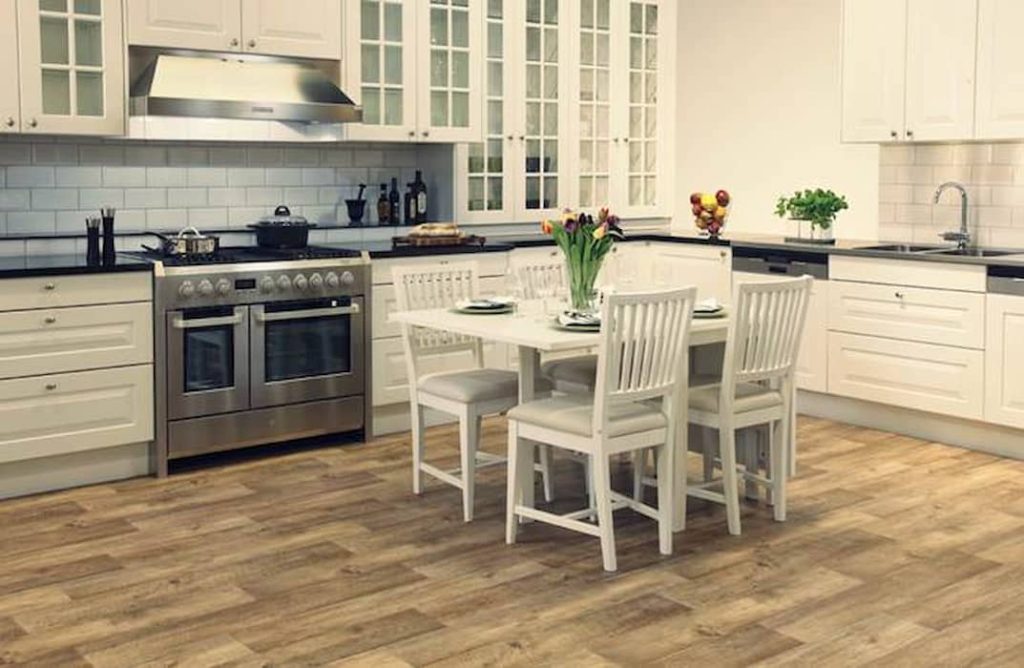
The design inside the stencil should extend all the way to the tile’s outside edges.
Painter’s tape should be used to attach the stencil to the floor, being careful not to cover any of the image. Next, paint over the stencil with latex or chalk paint using a roller with a foam roller cover.
In order to prevent the roller markings that frequently trouble home painters, roll over one portion of the stencil at a time as opposed to painting throughout the entire stencil. Repeat this technique throughout the whole floor, being careful not to scratch any recently painted tiles with the stencil as you move it to another tile.
You can paint over a portion of the stencil if you encounter missing tiles around the border of the floor. If any pattern touch-ups are required, use an artist’s paintbrush and let the paint dry fully before sealing it with a transparent water-based sealer.
Care and durability for painted tile floors
Your painted tile floor may be shielded against dirt, moisture, mildew, as well as scuffs and scratches from foot traffic, with the use of a high-quality sealer. However, regular sweeping, vacuuming, and wet mopping can help maintain the sheen of your painted tile floor and keep the pattern (if applied) appearing crisp and distinct.

By placing floor pads directly beneath furniture on the tile and placing mats in high-traffic areas, you may further protect your tile floor from normal wear and strain.
Use neutral pH solvents with a non-abrasive chamois mop to gently wipe them into the floor when you need to fully clean painted tile. Avoid using steel wool, scouring pads, or chemical cleaners since they can all degrade or discolor the paint.
Allowing cleansers or plain water to sit on painted tile for an extended period of time might cause the paint to peel more easily. Baking soda and warm water mixed together form a mild DIY cleanser that not only cleans grime-covered tile but also restores the brilliance of your grout lines. Use a lint-free towel to dry the tile after using this DIY cleanser.
You may preserve the memorable finish of your painted tile floor for many years by mastering these tile maintenance dos and don’ts.
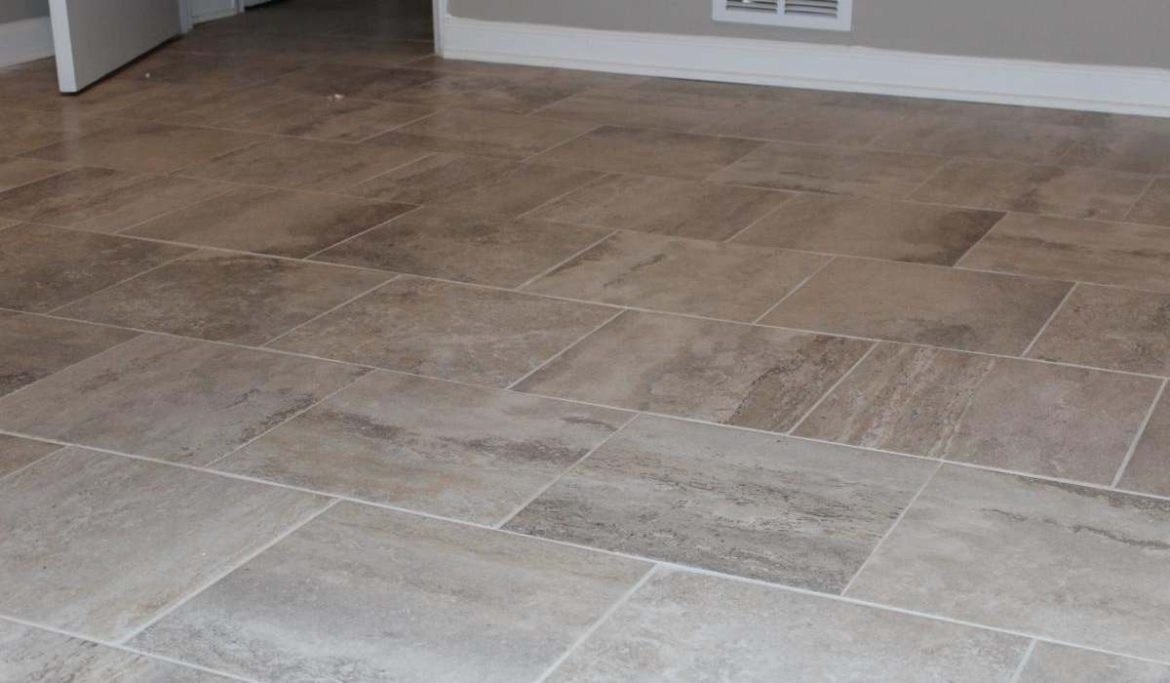
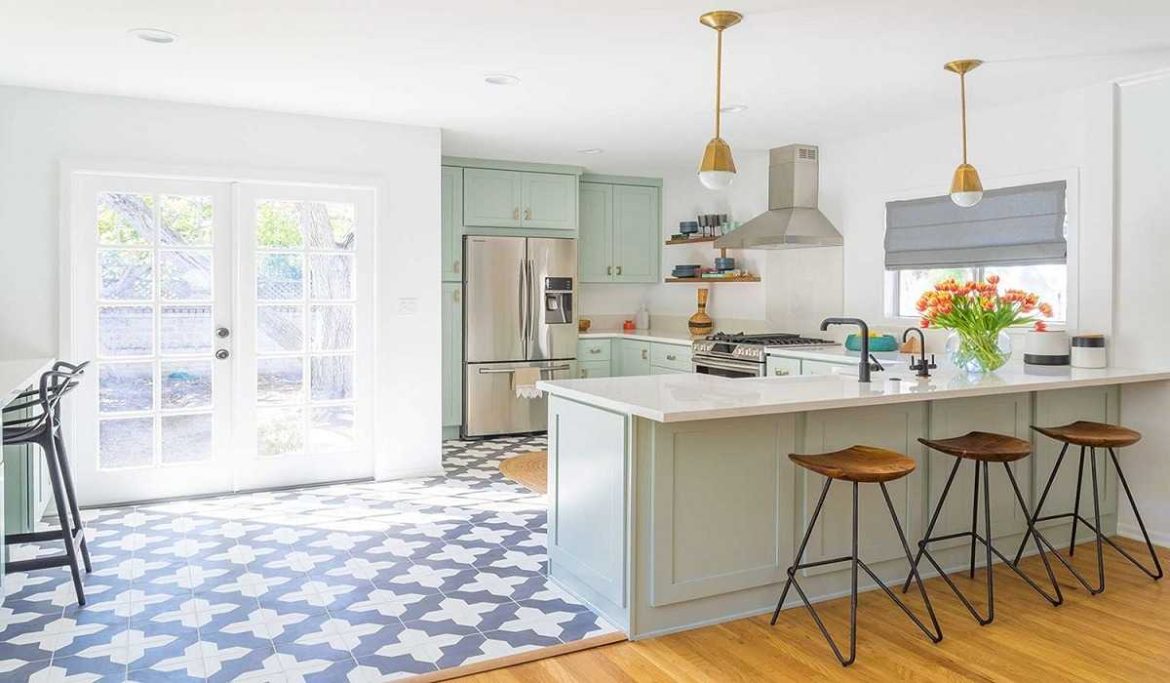
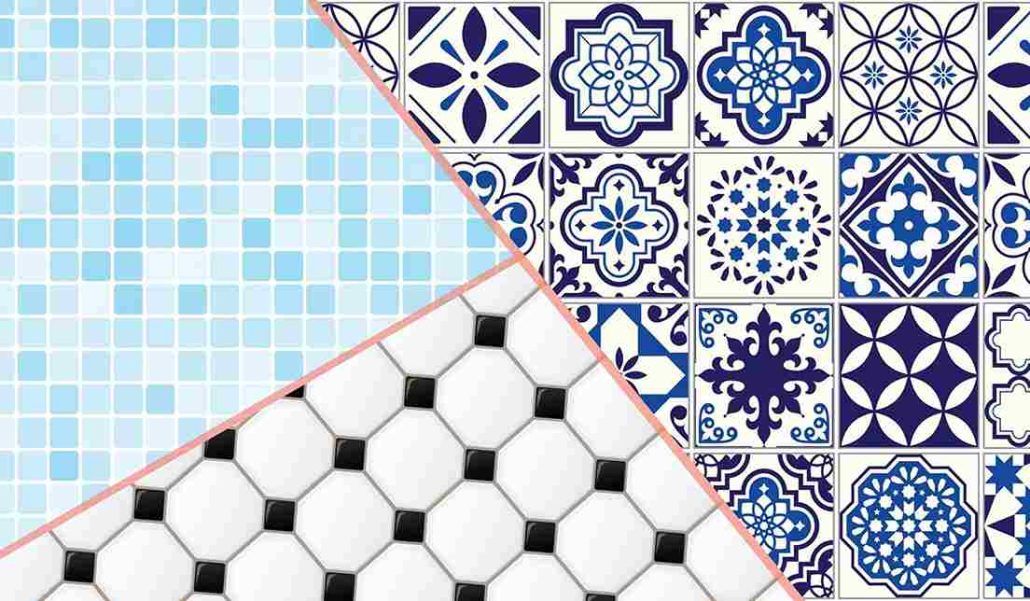
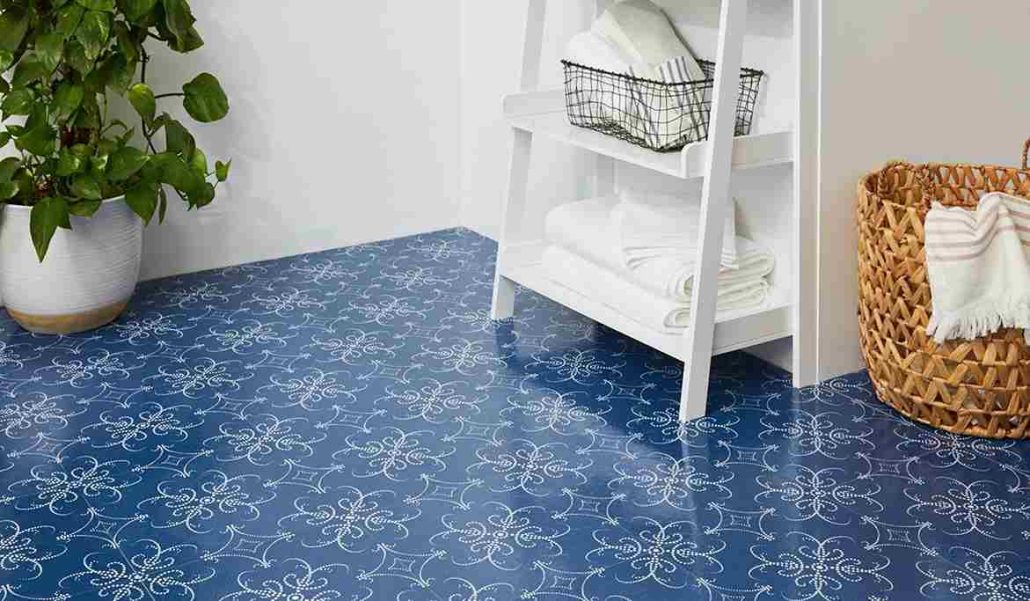

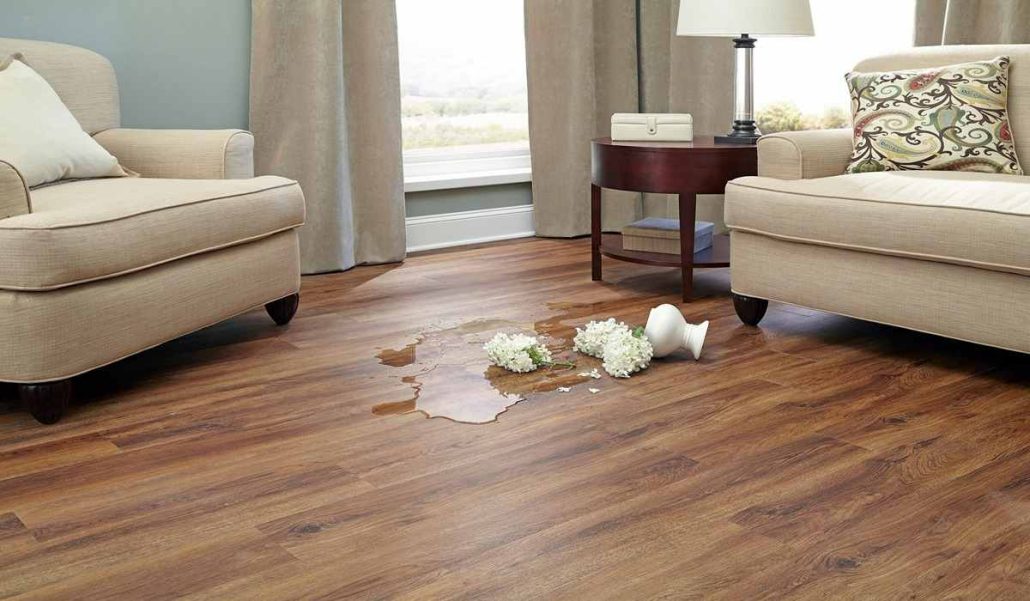
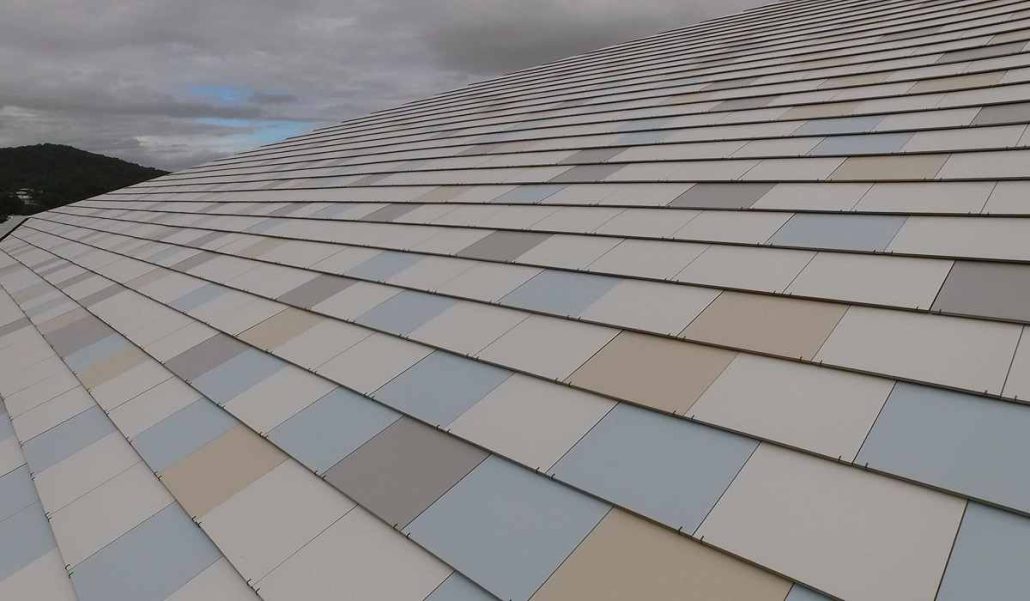
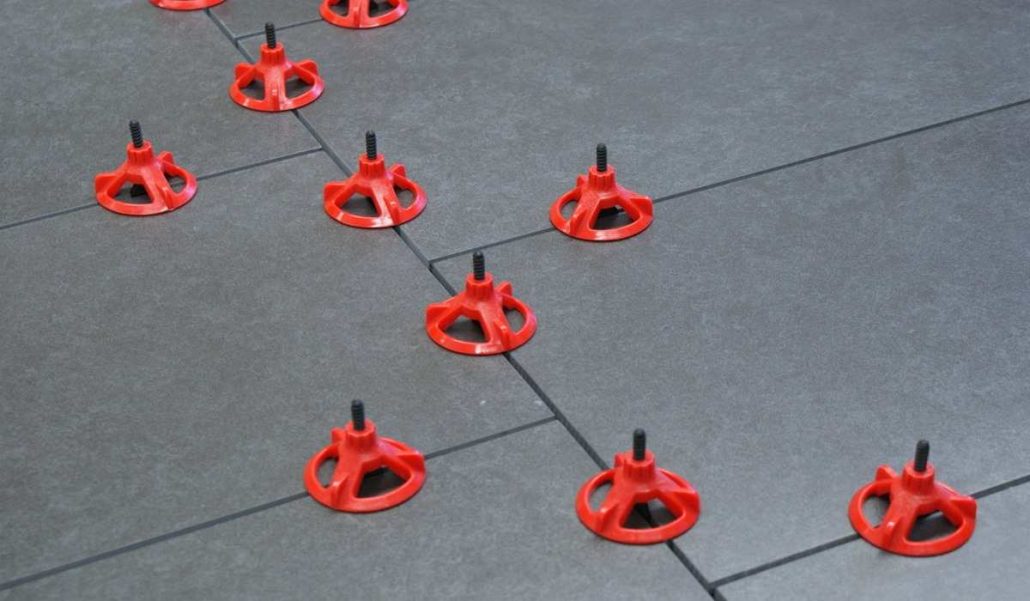
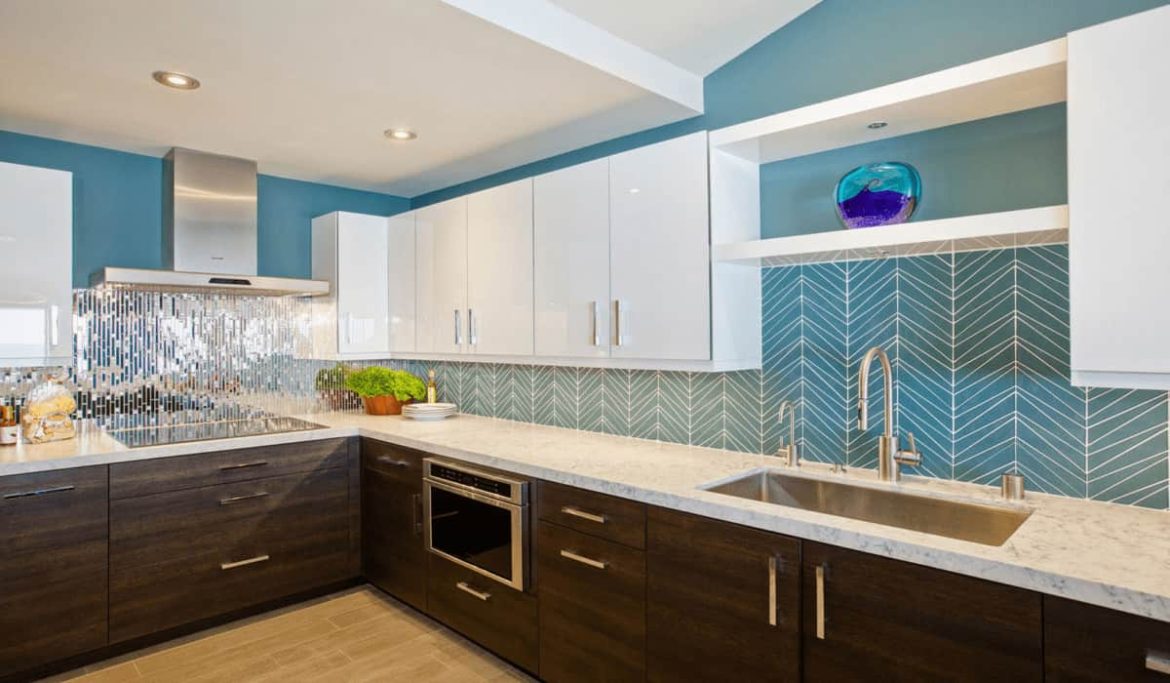
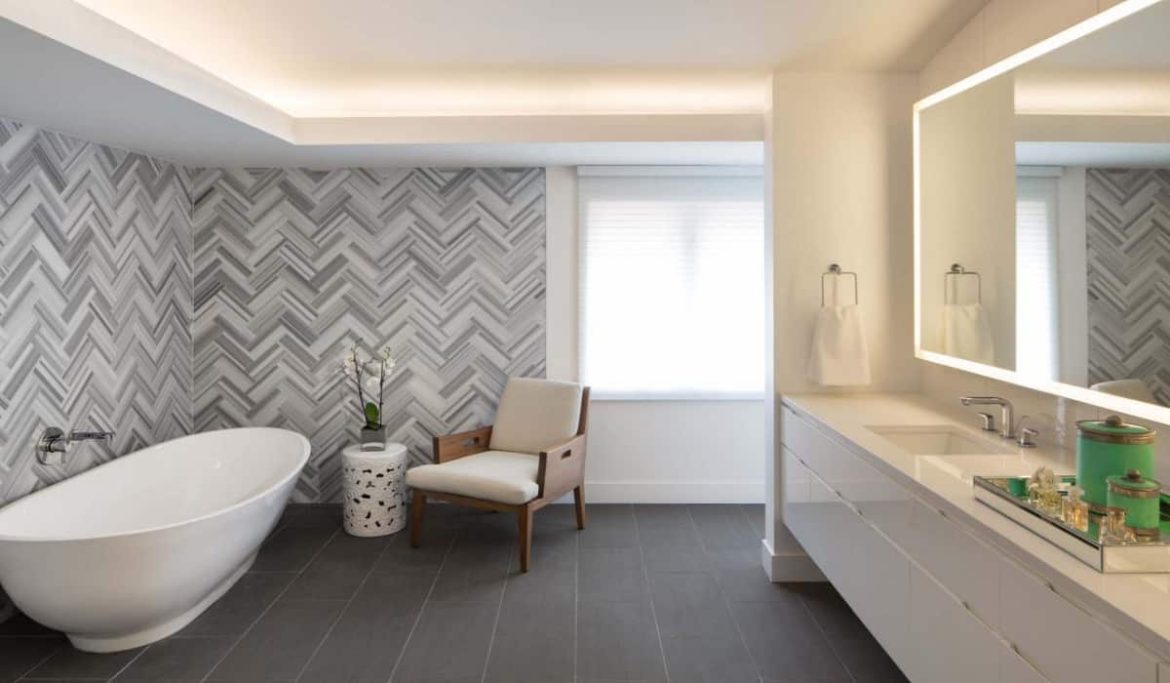
Your comment submitted.